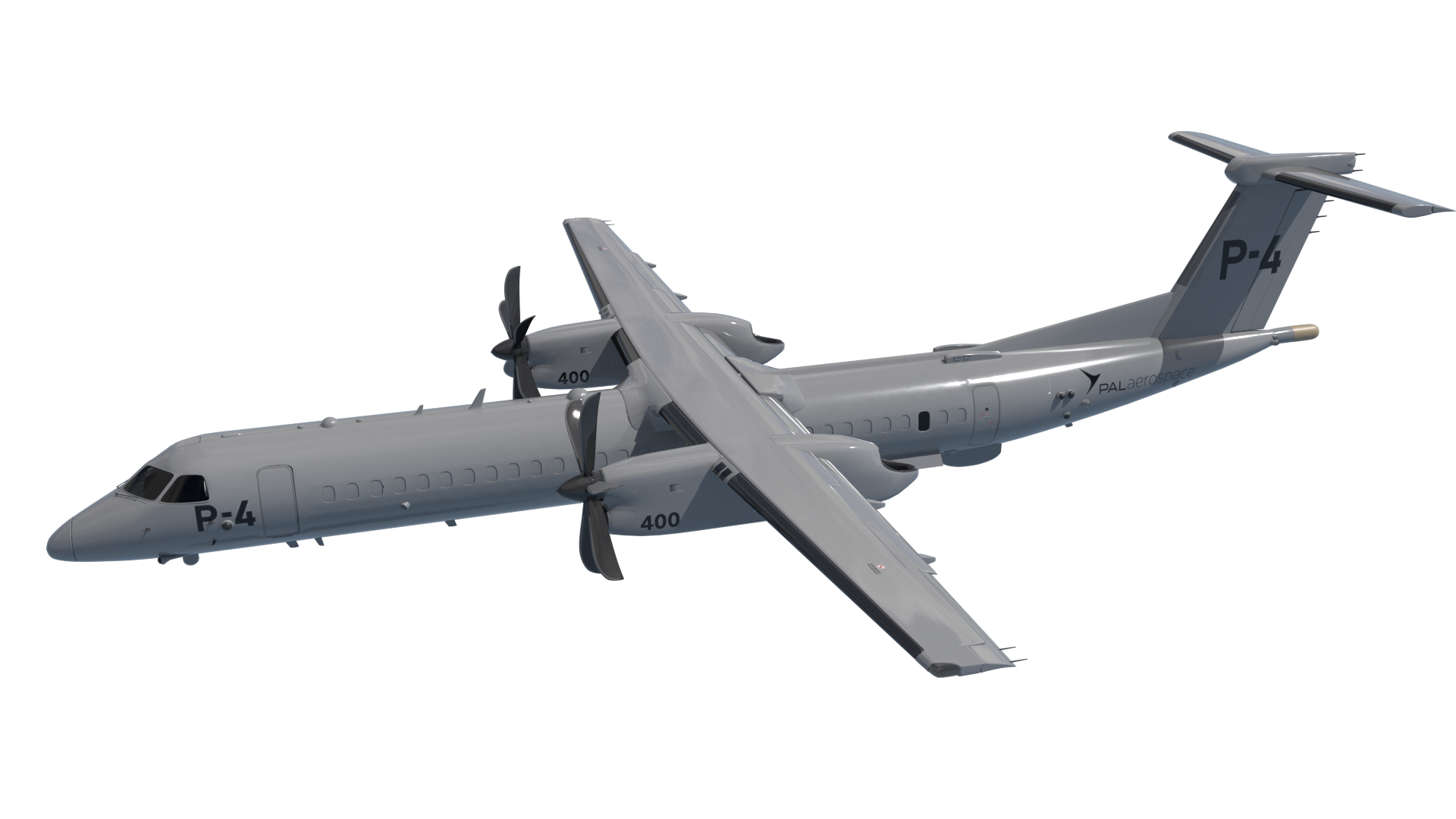
SHAH ALAM: De Havilland Dash-8s still rolling out of production line. Despite claims to the contrary De Havilland Dash-8 turbo-prop airliner is still rolling out of the production line. And its performance for last year were better than its closest competitor. Leonardo’s 2020 financial results released on March 10 reported that ATR delivered 10 ATR’s in 2020 while De Havilland reported on February 17, 2021 that it delivered 11 Dash-8 400’s to customers in 2020.
According to David Curtis, Executive Chairman of Longview AviationCapital, De Havilland Canada’s parent company: “The quality of the aircraft is demonstrated by the fact that we have significantly outperformed our competitors since the onset of the
pandemic, delivering 11 aircraft to customers in 2020”.
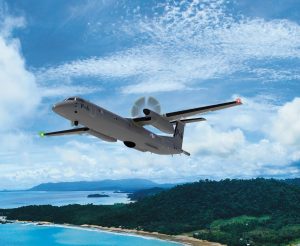
The quality of the Dash 8 including its more powerful engines and superior speed over the ATR appear to be the reason that most countries choose the Dash 8 over the ATR for special mission aircraft applications. In an earlier article that I wrote about the recently announced MOU De Havilland Canada and PAL Aerospace.
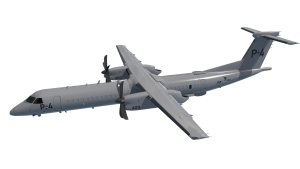
Given the latest developments, it appears that the announcement of the MOU was needed as recent false reports suggested that the production of the Dash-8s may well have ended. Competition in the aerospace industry is such that some have
sought to misrepresent De Havilland’s move out of its current manufacturing facility as the termination of new aircraft production.
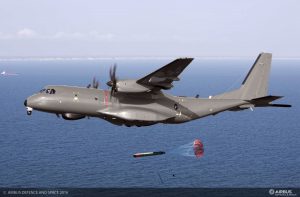
In fact on February 17 De Havilland reiterated its its long-term commitment to the Dash-8 including a series of long-term investments in upgrades and modifications. When De Havilland purchased the Dash-8 400 from the previous owner, Bombardier, the purchase did not include Bombardier’s production facility at Downsview, Toronto. De Havilland are currently
in the process of transitioning the Dash 8-400 to a new production facility, a move that was planned and managed occurrence.
Added Curtis: “The transition from Downsview is a step in the planned evolution of the Dash 8 platform away from its former owner and is important part of our vision for Longview Aviation Capital as a leading global aviation company. While this evolution is taking place against the backdrop of unprecedented industry circumstances, we see
a bright future for De Havilland Canada and the Dash 8 is a segment defining aircraft, and it has never been in better hands – strengthened by being part of a robust aviation portfolio with patient long-term ownership”.
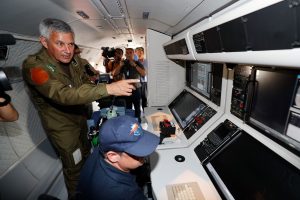
As posted earlier, PAL Aerospace and De Havilland recently signed an MOU to develop a MPA that it is offering to meet the Royal Malaysian Air Force (RMAF) maritime surveillance requirements. In a future article, I will report on PAL Aerospace’s long-term
experience in the MPA market and Malaysia including the company’s involvement in the MMEA’s CL415 special mission aircraft.
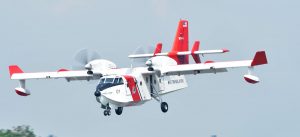
— Malaysian Defence If you like this post, buy me an espresso. Paypal Payment


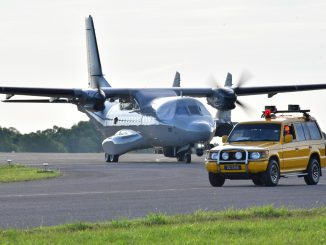

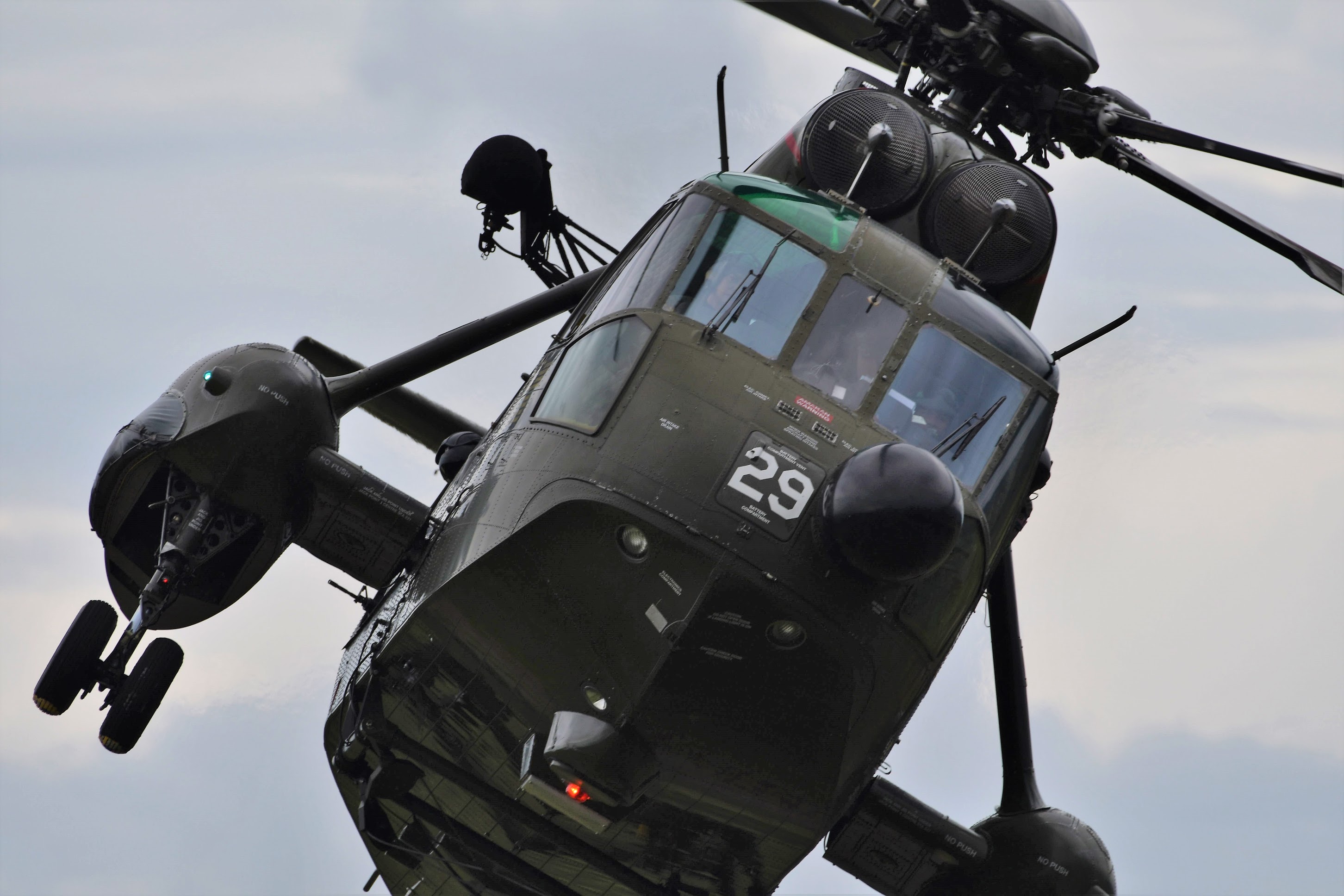
With the current tender of 2 MPAs, if we order up a second batch of MPA soon after we completed the current batch, it is unlikely that we would buy a different aircraft model than the first batch.
But if the next batch of MPA requirement is 10 years away, it is unlikely that we would go for the same model given our past decisions on military equipment. That would meant we still repeat the same thing, a little bit of everything but not enough and a mix of different equipment for the same purpose.
I really hope after we retire our CN235 we would replace them with the same MPA that we choose for current tender without going through another open tender.
Luqman – “ is 10 years away, it is unlikely that we would go for the same model given our past decisions on military equipment”
Yes. Same problem we face with our subs. The 5/15 and CAP is intended to achieve greater commonality and the costs savings which with it but …
Luqman – “would meant we still repeat the same thing, a little bit of everything”
We unfortunately have a tendency to repeat things and not learn from our previous mistakes. Makes it next to impossible for the armed services to plan accordingly over a long term period and we end up with a neither here nor there capability.
Why would we even think of Dash 8 when nobody else in Malaysia uses it? Especially more so if it is only 2 unit for the MPA.
@TomTom
Because we can? It didn’t stop us from getting the 2 unit MMEA CL415s tho.
Tom Tom – “Why would we even think of Dash”
It has been offered by a private entity which has teamed up with the OEM. Doesn’t necessarily mean the government or RMAF is “thinking” about it …
CL415 had the ability to carry water for firefighting purpose and we’re using that capability extensively every peat fire season. What did the dash 8 offer other than being a little bit more powerful?
The question is if the navy is looking to launch munitions (Mavericks, torps, et cetera) from the plane. If the answer is yes then maybe it’s worth buying a more powerful plane. Otherwise ATR72 is going to be just fine
The intention is for it to be equipped with only a sensor/mission suite. It’s to be unarmed.
Whilst we should no doubt in the future have a ASW configured MPA; at the moment we should just prioritise on MPAs for surveillance. Having an armed MPA only adds to overall costs; people have to be trained to maintain the stuff.
The issue is – as you alluded to – if or when we at some point in the future decide on an armed platform; it has to be larger to account for payload issues related to range and endurance.
*Significantly outperformed *when d difference is only one aircraft.



@dundun
” Otherwise ATR72 is going to be just fine”
atr72 and c295 can also mount munitions. One can also argue that nobody in Malaysia is using c295. Also what benefit does it bring if RMAF get a plane that is operated in Malaysia (airlines industry) atr72 if we don’t buy spare parts from the airline companies? My guess is only available of established maintenance supply chain.
There’s ATR-72 MRO centre in Malaysia and that fact alone gives a major advantages to any other aircraft from convenience to the money being spent domestically to not sending our potential strategic asset to potential rival (indonesia) and risks them having access to any of our critical equipment or for them to bug our aircraft
So unless the other platform outperform ATR-72 by a huge margin (which they are not), ATR-72 is the most pragmatic choice for MPA requirement.
Reply
Our CN-235s are being upgraded in Indonesia. If there was an issue over security risks it wouldn’t have taken place. Furthermore it is likely if the P4 is selected, the MRO would be done locally even if there is a Dash 8 service centre there. The CL 415s maintenance are being done in Subang by a local company.
Dundun – “ our critical equipment”
All radars, ESM, etc, utilise codes/frequencies which are set by the end user. In the case of radars there are wartime and peacetime frequencies.
If we want to worry along those lines; we must as well worry that the MAF relies on stuff almost wholly provided by foreign suppliers and worry about access to supply chains and the vulnerability to disruption.
Also take note that the mission suite comes from a different (foreign) OEM and not the OEM of the aircraft. Also; if it’s really that sensitive; it might be uninstalled when sent to the MRO facility or installed separately at a later date.
dundun – “them having access to any of our critical equipment or for them to bug our aircraft”
That’s the least of our problems when it comes to evaluating the various factors which determine what we buy. Even if they do bug our planes; it’s not as if we can’t thoroughly search them or as if our CNs are engaged in ultra sensitive ELINT. If we want to apply this reasoning; whose to say that other planes we buy can’t be “bugged” at MRO facilities as well?
Our main worry is the internet y
undersea cables; our reliance on satellites for comms and GPS; the vulnerability of our networks to hacking; the number of dieting citizens we have here from certain countries; etc.
dundun – “. What did the dash 8 offer other than being a little bit more powerful?”
Questions the RMAF will be seeking (assuming it looks into the Dash 8) will be to determine operating costs and maintenance hours needed for every hour of flight; costs of spares; etc.
Dundun – “ our potential strategic asset to potential rival (indonesia”
MPAs configured for general surveillance duties are not “strategic assets” ….. It’s not as if we are talking about dedicated SIGINT or EW platforms here.
Indonesia is not a “rival” – we are not in competition with it on a geo political or strategic level. Like everyone else we recognise it as the senior ASEAN member and one with growing influence by virtue of its size and growing economy.
Sure we are concerned about it and have been for a long time : unresolved overlapping claims over Ambalat and disputed maritime boundaries in the Melaka Straits and South China Sea but it’s not a “rival” per see.
@dundun
Whether it is ATR72, or Dash8, or C295, or CN235, et al, the plane matters less than the onboard system which is where the real work happens. As long it meets the performance envelope as required by TUDM, at the cost they could buy and maintain, it doesn’t matter which plane is suitable.
As for your concerns on security, the gear are installed and integrated by the OEMs so there aren’t any reason to worry and if any hanky-panky the OEMs would early on found out anyways. And we really should stop looking at our regional neighbours with suspicion if we’re to put up a united front against China.
20 years and still going for CN235 serving in RMAF. The indonesian IAe still produce it and many nations use it for different role. It show that this plane is good and reliable despite some complains just as any other aircraft type.
IF the platform still fit to fill RMAF needs in the future for any role there is no need to look for other type unless the other show better in price and performance significantly